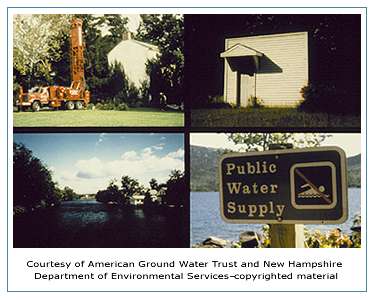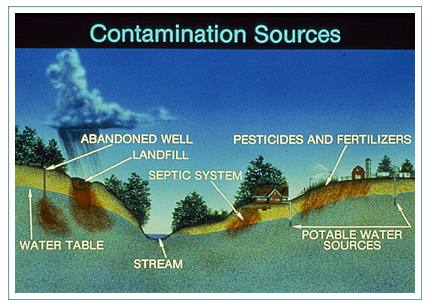Source Water Assessment Program
In 1996 the Safe Drinking Water Act (SDWA) was amended to provide communities with more information about the ways in which they can protect their drinking water sources from contamination. The amendments require states to create a Source Water Assessment Program for all their public drinking water systems. Private wells typically serving single households are not included in this requirement.

The purpose of the program is to provide local leaders, water suppliers, and citizens with the information necessary to protect public drinking water sources from contamination. Through this program, state drinking water programs are responsible for:
- identifying the land areas which provide water to each public drinking water source in their state;
- completing an inventory of existing and potential sources of contamination in those areas;
- determining the susceptibility of each drinking water system to contamination; and
- releasing the results of the assessment to water users and other interested entities.

All six New England States developed plans for carrying out the assessments. As of August 2003, the States of New Hampshire, Connecticut and Maine completed assessments of all their drinking water sources. The states of Massachusetts, Rhode Island and Vermont expect to complete their assessments within the next year.
Businesses play an important role in protecting drinking water sources. To learn about what businesses can do, click here. To learn about national efforts to assess drinking water sources or to learn about publications available from EPA about drinking water source protection click here. To learn more about your state's Source Water Assessment Program in New England, please call your state source water assessment program manager or staff at the EPA Region 1, New England Office.
Other Information Sources
- State Source Water Assessment Programs
- EPA Region 1, New England Office Source Water Assessment Program Contacts
- EPA Office of Ground Water and Drinking Water
- Business Brochure for Drinking Water (PDF) (7 pp, 1.4 MB, about PDF)
- Source Water Protection Practice Bulletins
- New England Interstate Water Pollution Control Commission Exit
- Ground Water Protection Council Exit
- U.S. Geological Survey
